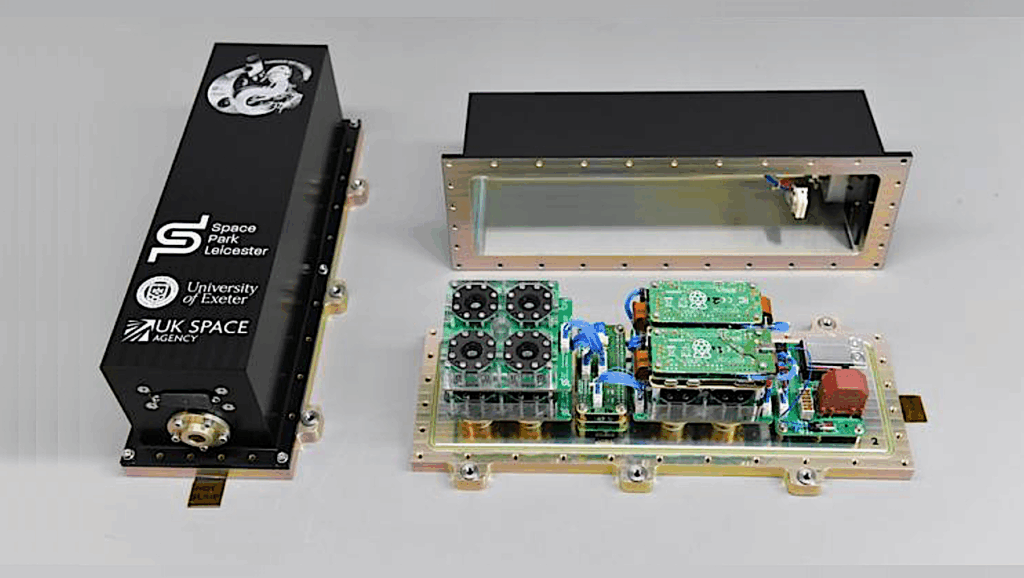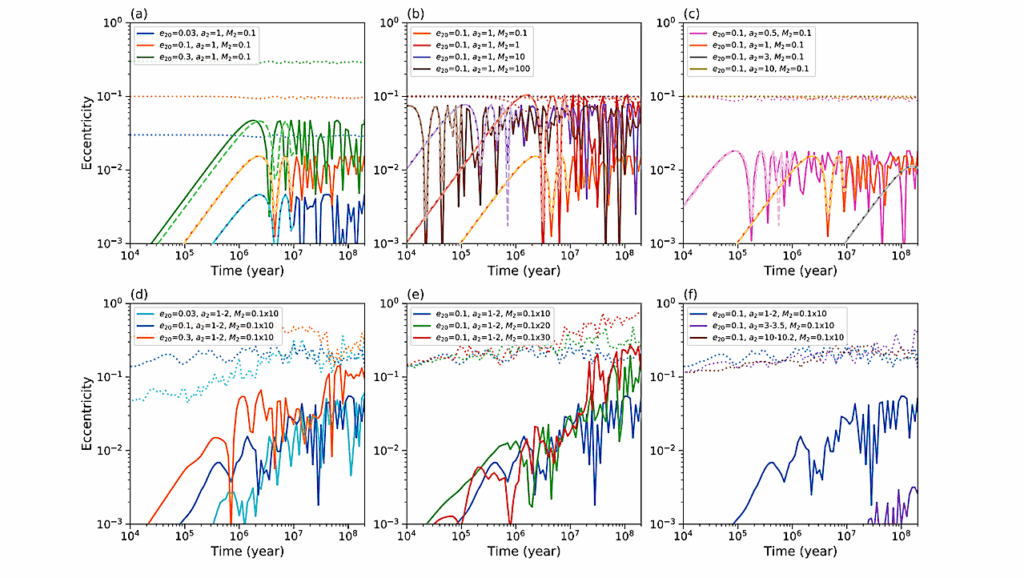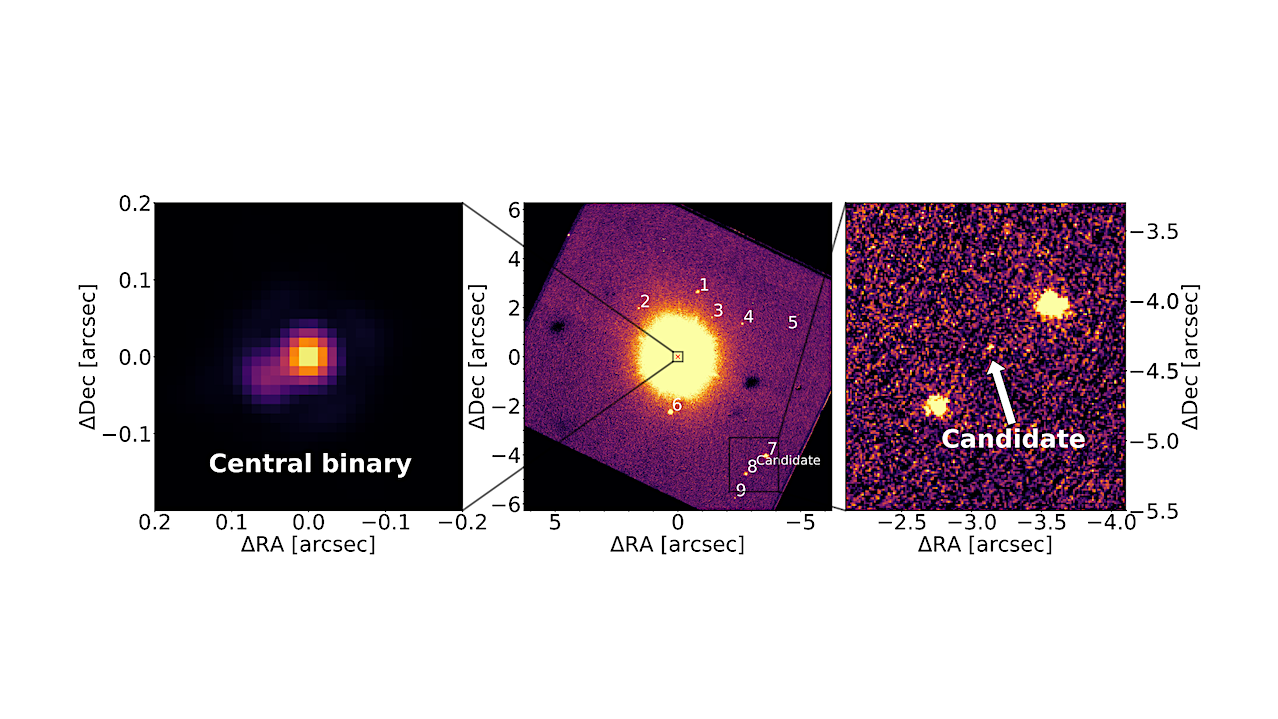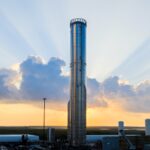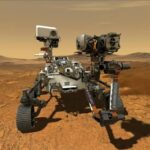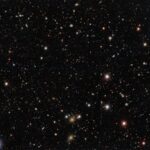Now Reading: Water Production Rates from SOHO/SWAN Observations of Comets C/2017 K2 (PanSTARRS) and C/2022 E3 (ZTF)
-
01
Water Production Rates from SOHO/SWAN Observations of Comets C/2017 K2 (PanSTARRS) and C/2022 E3 (ZTF)
Water Production Rates from SOHO/SWAN Observations of Comets C/2017 K2 (PanSTARRS) and C/2022 E3 (ZTF)
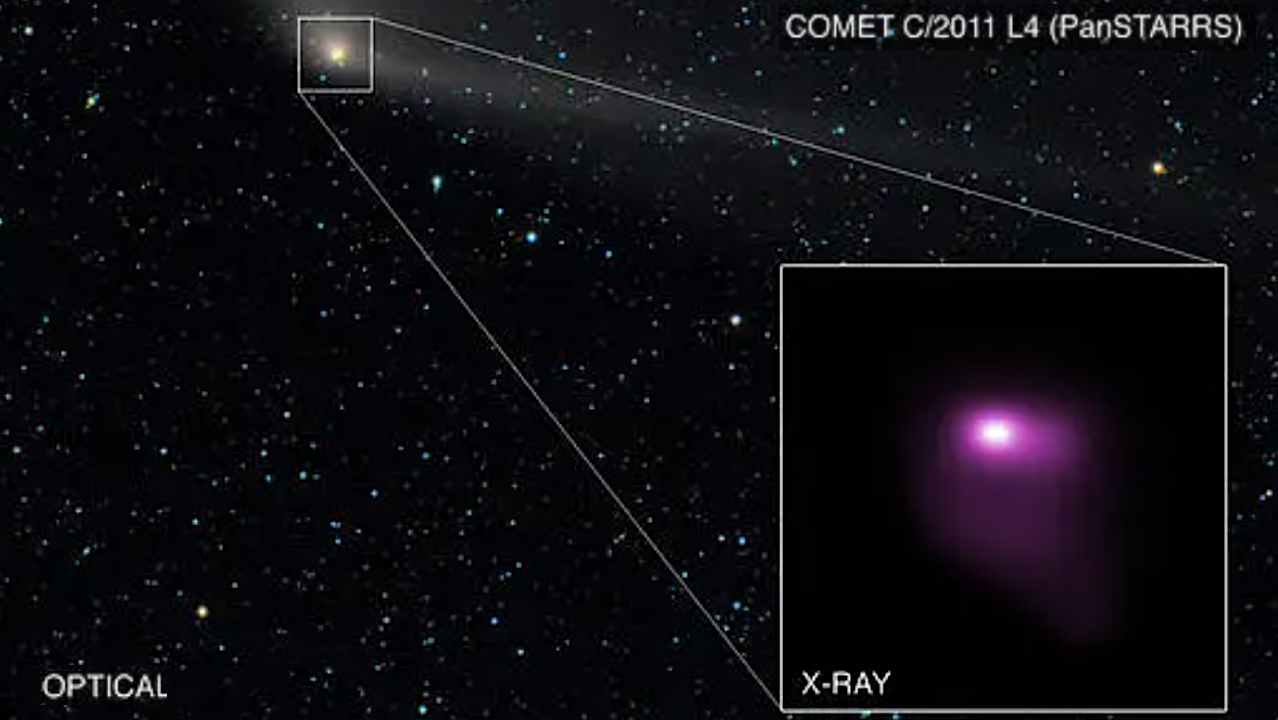

Comet C/2017 K2 (PanSTARRS) — NASA
In 2022 and 2023 the hydrogen comae of two long period comets, C/2017 K2 (PanSTARRS) and C/2022 E3 (ZTF), were observed with the Solar Wind ANisotropies (SWAN) all-sky hydrogen Lyman-alpha camera on the SOlar and Heliosphere Observer (SOHO) satellite.
SWAN obtains nearly daily full-sky images of the hydrogen Lyman-alpha distribution of the interstellar hydrogen as it passes through the solar system yielding information about the solar wind and solar ultraviolet fluxes that eat away at it by ionization and charge exchange.
The hydrogen comae of comets, when of sufficient brightness, are also observed. Water production rates have been calculated over time for each of these comets, covering about 6 months mostly of the post-perihelion period of C/2017 K2 (PanSTARRS) and about 3 months around perihelion of C/2022 E3 (ZTF).
Michael Combi, Terhi Mäkinen, Jean-Loup Bertaux, Eric Quemerais, Stéphane Ferron
Comments: 24 pages, 2 figures, 3 tables
Subjects: Earth and Planetary Astrophysics (astro-ph.EP)
Cite as: arXiv:2505.11699 [astro-ph.EP] (or arXiv:2505.11699v1 [astro-ph.EP] for this version)
https://doi.org/10.48550/arXiv.2505.11699
Focus to learn more
Journal reference: Icarus 438 (2025) 116645
Related DOI:
https://doi.org/10.1016/j.icarus.2025.116645
Focus to learn more
Submission history
From: Michael Combi
[v1] Fri, 16 May 2025 21:07:13 UTC (426 KB)
https://arxiv.org/abs/2505.11699
Astrobiology, Astrochemistry,
Stay Informed With the Latest & Most Important News
Previous Post
Next Post
-
 012024 in Review: Highlights from NASA in Silicon Valley
012024 in Review: Highlights from NASA in Silicon Valley -
 02Panasonic Leica Summilux DG 15mm f/1.7 ASPH review
02Panasonic Leica Summilux DG 15mm f/1.7 ASPH review -
 03How New NASA, India Earth Satellite NISAR Will See Earth
03How New NASA, India Earth Satellite NISAR Will See Earth -
 04And Thus Begins A New Year For Life On Earth
04And Thus Begins A New Year For Life On Earth -
 05Astronomy Activation Ambassadors: A New Era
05Astronomy Activation Ambassadors: A New Era -
06SpaceX launch surge helps set new global launch record in 2024
-
 07Space Force plans new ‘Futures Command’ amid pressure to speed up modernization
07Space Force plans new ‘Futures Command’ amid pressure to speed up modernization














